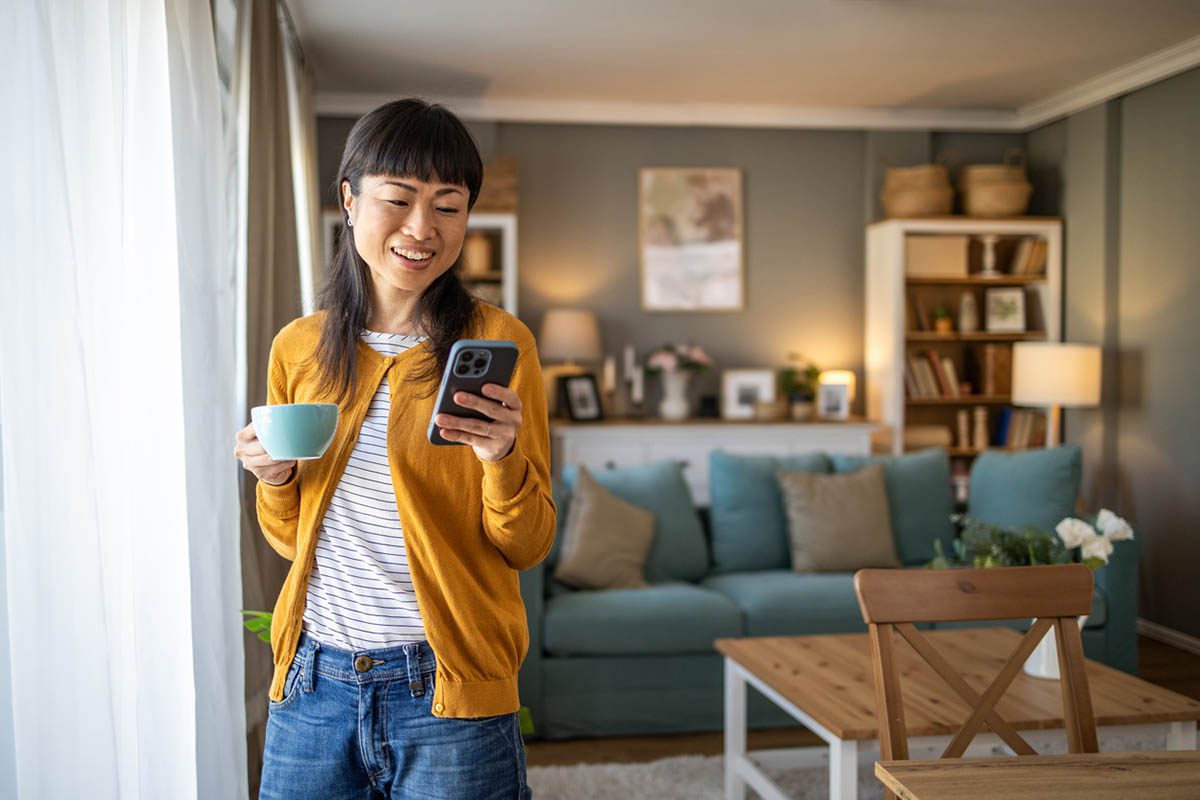Because this piece does not have an abstract, we have provided for your benefit the first 3 sentences of the full text.
To the Editor: Kratom has emerged on the market as an herbal medication for pain management. However, it is not US Food and Drug Administration approved or regulated, and there is very little research and reputable information on its clinical effects. Here, we report the case of a man with a history of opioid use and a clean urine drug screen who reported using kratom to avoid a relapse.
Kratom: Is It the New Illicit Opiate on the Market?
To the Editor: Kratom has emerged on the market as an herbal medication for pain management. However, it is not US Food and Drug Administration approved or regulated, and there is very little research and reputable information on its clinical effects. Here, we report the case of a man with a history of opioid use and a clean urine drug screen who reported using kratom to avoid a relapse.
Case report. A 53-year-old white married man with a past psychiatric history of bipolar I disorder in remission and opioid use disorder in sustained remission for 2 years presented to the psychiatry clinic for an emergency appointment. He had a past medical history of severe back pain, originally treated with opiates prescribed by his physician, which eventually led to opioid use disorder. He started to buy opiates later from illicit sources and then converted to using intravenous heroin before seeking treatment with methadone. He was on methadone 150 mg every morning for 6 years before he weaned himself off the drug. Current medications prescribed by his psychiatrist include benztropine 1 mg at bedtime, carbamazepine 400 mg and 800 mg at bedtime, eszopiclone 3 mg at bedtime, and olanzapine 20 mg at bedtime. He is currently involved with Narcotics Anonymous and Alcoholics Anonymous groups. He sees his addiction psychiatrist regularly and has a monthly urine drug screen, which tests for alcohol, amphetamine, barbiturate, benzodiazepine, cannabinoid, opiate, methadone, and phencyclidine. A separate oxycodone test is also performed, which is a screening antigen-antibody test. At his recent visit, all screening tests were negative for opiates and other illicit substances in his urine. Confirmatory tests were not obtained given the recent negative results.
Mr A operates an Internet-based blog on ways to quit opiate use without using methadone or Suboxone. Recently, he revealed to his psychiatrist that he had found a product online that was a chronic pain reliever and analgesic with no addiction potential called kratom. He reported using 2 rounded teaspoons of kratom per day. He stated that it was helping him significantly and preventing a relapse.
Mitragyna speciosa also known as kratom is a tropical tree belonging to the coffee family Rubiaceae, which is native to Thailand and swampy areas of Southeast Asia.1-4 The natives in the region have used this plant for many years for a variety of reasons: (1) for its stimulant-like effect that helps them with long days of manual labor and (2) for its analgesic properties.3 Despite its widespread use, Thailand banned the substance in 1943 for abuse potential.3,5 However, it can still be acquired legally in the United States from online vendors or local smoke shops.1,2
An increasing number of people are turning to kratom as a "natural" alternative for pain medication and opioid withdrawal.1,2,5 There are more than 20 known compounds that can be isolated from the leaves.2,3 Mitragynine and 7-hydroxymitragynine are the 2 alkaloid compounds shown to produce analgesic and opioid-like effects2,4,5 and are 17 times and 30 times more potent than morphine, respectively.1,4 They bind to the supraspinal μ and Δ receptors, the effects of which can be used to mitigate diarrhea, cough, pain, and opioid withdrawal,1,3 and to α2 and 5-HT2A receptors.1,3,5,6 Effects of kratom are dose-dependent in nature and include nausea, vomiting, diarrhea, tremor, anorexia, hyperpigmentation, and, possibly, psychosis.1,2,5 Lower doses of kratom produce a stimulant effect, whereas higher doses are used for an opiate effect.1,2,3 These effects may be felt 5 to 10 minutes after consumption.
Kratom is now being used for a legal high or as a legal opioid in addition to medicinal purposes.5 The product is smoked, chewed as gum, or brewed into a tea.3 In Bangkok, it is made into a cocktail known as 4×—100.7 Like other opioids, it can cause a euphoric and mind-altering effect. Kratom is regarded as addictive, but it is unknown to what extent. Chronic users develop a tolerance and experience symptoms of withdrawal. The symptoms are almost identical to that of opioid withdrawal and are treated in a very similar manner.5
There is concern regarding the potential for this supplement to become a drug of abuse for a so-called legal high. Significant research is needed to determine its effects on the various body systems, side effects, drug interactions, toxicities, and dosing.
References
1. Babu KM, McCurdy CR, Boyer EW. Opioid receptors and legal highs: Salvia divinorum and kratom. Clin Toxicol (Phila). 2008;46(2):146-152. PubMed doi:10.1080/15563650701241795
2. Prozialeck WC, Jivan JK, Andurkar SV. Pharmacology of kratom: an emerging botanical agent with stimulant, analgesic and opioid-like effects. J Am Osteopath Assoc. 2012;112(12):792-799. PubMed
3. Rosenbaum CD, Carreiro SP, Babu KM. Here today, gone tomorrow’ ¦and back again? a review of herbal marijuana alternatives (K2, Spice), synthetic cathinones (bath salts), kratom, Salvia divinorum, methoxetamine, and piperazines. J Med Toxicol. 2012;8(1):15-32. PubMed doi:10.1007/s13181-011-0202-2
4. Stolt AC, Schröder H, Neurath H, et al. Behavioral and neurochemical characterization of kratom (Mitragyna speciosa) extract. Psychopharmacology (Berl). 2014;231(1):13-25. PubMed doi:10.1007/s00213-013-3201-y
5. McWhirter L, Morris S. A case report of inpatient detoxification after kratom (Mitragyna speciosa) dependence. Eur Addict Res. 2010;16(4):229-231. PubMed doi:10.1159/000320288
6. Boyer EW, Babu KM, Adkins JE, et al. Self-treatment of opioid withdrawal using kratom (Mitragynia speciosa korth). Addiction. 2008;103(6):1048-1050. PubMed doi:10.1111/j.1360-0443.2008.02209.x
7. Tungtananuwat W, Lawanprasert S. Fatal 4×100: homemade kratom juice cocktail. J Health Res. 2010;24(1):43-47.
aDepartment of Psychiatry, Kansas University Medical Center, Kansas City, Kansas
bArizona College of Osteopathic Medicine, Midwestern University, Glendale, Arizona
Potential conflicts of interest: None.
Funding/support: None.
Informed consent: Consent was received from the patient to publish this case, and information was de-identified to protect anonymity.
Published online: July 12, 2018.
To cite: Sethi R, Miller K, McAllister R. Kratom: is it the new illicit opiate on the market? Prim Care Companion CNS Disord 2017;20(4):15l01895.
To share: https://doi.org/10.4088/PCC.15l01895
© Copyright 2018 Physicians Postgraduate Press, Inc.
Please sign in or purchase this PDF for $40.00.




